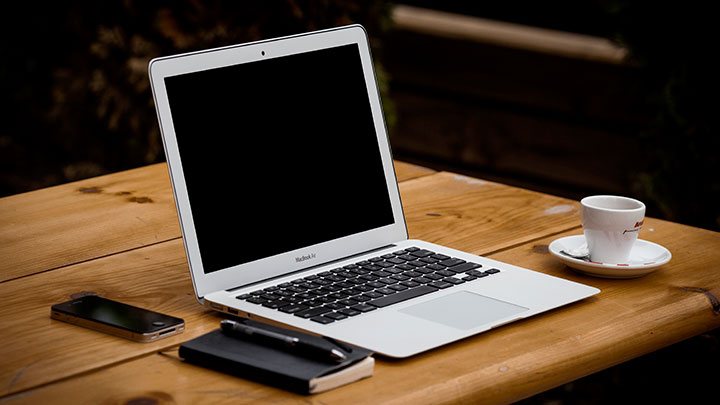As the times goes by industry always finds some new and exciting ways to surprise us with the rich offer of the powerful mobile devices. Still, no matter how fast and sleek they are, they are still unable to touch laptops in terms or productivity or performance. Unfortunately, such circumstances did not help laptops to become any cheaper, so the usual pre-buying calculations and weighing is as required as ever. Here are some of the questions you should ask yourself before spending money.
If you are a very light user there is no much sense in buying the overpowered machine you will never use as it was meant to. Here are two alternatives.
- Tablet – Tablets are very affordable, and if you upgrade them with some USB keyboard, you will get similar tactility you would have with a laptop.
- 2 in 1 device – Or in other words, laptops with detachable touch screen. They are usually somewhere on the middle of the road between tablets and laptops performance-wise, so they should keep light and moderate users satisfied.
What Size of the Screen Do I Really Need?
This question will largely determine laptop’s portability, and multimedia capabilities.
- 10-12 inches – The smallest notebooks and netbooks. They are best suited for browsing and light productivity duties.
- 13-15 inches – The most common types of laptops and the one packing the best balance of performance and portability. This niche also features the widest array of different price ranges.
- 17-19 inches – Best performers, but for the sake of portability. They can replace desktop configurations, though.
What OS Will I Use?
- Windows 10 – The latest in the Microsoft’s long lineup of products claims to be the best one yet, which is for the most part true. Great cross-platform experience and the best software support amongst the competition.
- Mac OS – Polished, fast, and intuitive, but available only on the Apple hardware.
- Chrome OS – Very secure, and reliable, Google’s entry in the OS market can be usually found on some lighter configurations. If you are accustomed to living within Google’s ecosystem, this is the solution for you.
- Linux – Free and customizable, but, unfortunately, still aimed mostly at developers and tech-savvy audience.
What Kind of Specs Will I Need?
- CPU – If you are looking for the best all-around solution you should probably get AMD Intel Core i3 or i5, although the lower performers will be satisfied even with AMD E Series. More demanding users should never go below Intel Core i7.
- Hard Drive – Although they are some of the most important computer parts, hard drives can be sacrificed for the lower price point, and augmented with the external storage or optical devices later. Do not go below 320GB, though, if you are a causal gamer, and like to store a lot of multimedia.
- RAM – Ideally, any decent long-term investment should pack all least 4-8GB of RAM. You can live even with 2GB of RAM but you will find even the most basic tasks like browsing increasingly harder as the time goes by.
- Graphics Chip – Integrated graphics chips are perfectly capable of rendering some less demanding 3D objects, and high-res video editing but if you are a gamer (even the casual one), you will probably want an upgrade. Fortunately, the market is filled with options ranging from budget offers like Zotac GTX750, to more benchmark-friendly offerings like Sapphire HD 7970. MSI Radeon HD 7850 is probably the best middle-ground solution.
All you have to do now is to find some pen and paper, write down everything you want from your laptop, count in the budget you have on disposal, and finally, see what kind of specs are fitting your desires and current buying power. Do not hurry, double-check all of your decisions, and we are sure you are going to find your perfect solution.
